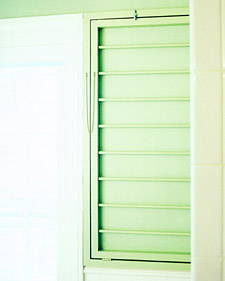1. Run only full loads of laundry so you don't waste water and energy. I remember washing a single pair of jeans as a teenager because I just had to have them for the dance on Friday. Now I try to stuff it full just to get it all done!
2. Use cold water for all or most of your laundry. I have pretty much switched to cold for everything (need hot for diapers) and my clothes get just as clean. Don't stains come out better in cold anyway? Other than killing bacteria in dirty diapers, what is the hot water for anyway? I've never seen a tag on a piece of clothing that says to wash in hot.
3. Set your drier so that it goes off when the clothes are dry or for the least amount of time needed. Don't waste energy drying dry clothes. Not all clothes need the high heat either
4. Use laundry soap without phosphates and harsh fragrances. There are lots of environmentally friendly detergents now that really work.
5. Skip the drier sheets. Jill said she gave this a trial and didn't really notice much of a difference. I've really never used them because I wasn't sure what they were for. If you want to avoid static try letting your synthetic fabrics line dry (as they cause most of the static) or take the clothes out when they have just a hint of dampness left. Or take the clothes out with damp hands. Winter is really the only time we have much static anyway, so try skipping them in the summer. If you must use them, reuse them in several loads.
6. Skip the fabric softener. Those chemicals in there are not at all snugly. Vinegar is a natural fabric softener and works well.
7. Reduce your laundry. Bath towels that you use on your clean body don't need to be washed daily. Can you spot clean that shirt that is fine except for the bit of food that dropped on it? I remember as a kid having "school clothes" and "play clothes". We would change into our play clothes when we got home and get those all full of grass stains and keep out cute school clothes clean and ready for another wear. The problem is my kids come home dirty from playing at school too. My four year old sometimes goes through 4 outfits a day. This likely balances out her older sibs that like to wear their same favorite shorts every day.





